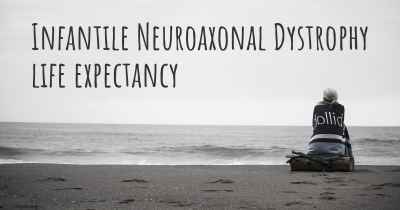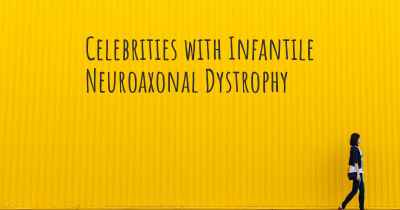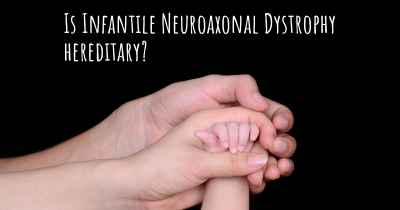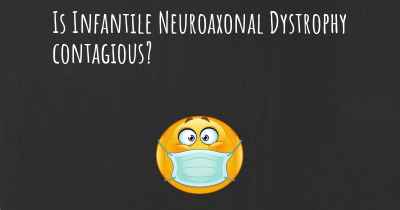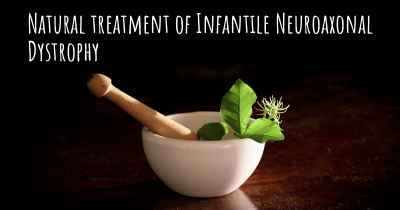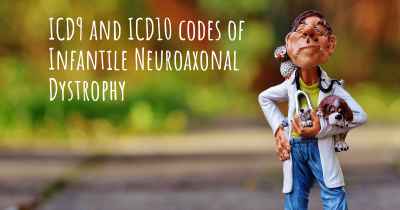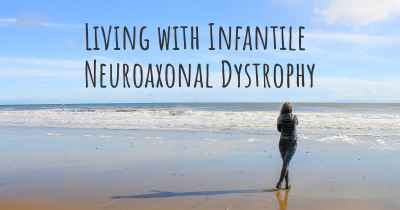Infantile Neuroaxonal Dystrophy diet. Is there a diet which improves the quality of life of people with Infantile Neuroaxonal Dystrophy?
Are you aware of a diet that can improve the quality of life of people with Infantile Neuroaxonal Dystrophy? Is there a diet that is suggested to avoid when having Infantile Neuroaxonal Dystrophy? See if there is a diet that can improve the quality of life of people with Infantile Neuroaxonal Dystrophy, recommended and to avoid food when having Infantile Neuroaxonal Dystrophy
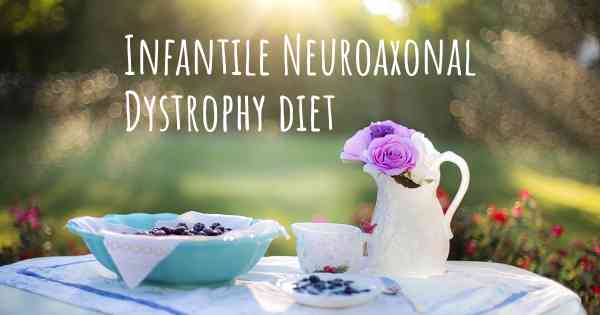
Infantile Neuroaxonal Dystrophy (INAD) is a rare genetic disorder that affects the nervous system, leading to progressive neurological deterioration. Unfortunately, there is currently no known cure for INAD, and treatment options are limited. However, while there is no specific diet that can reverse or halt the progression of the disease, maintaining a healthy and balanced diet can help improve the overall quality of life for individuals with INAD.
Proper nutrition plays a crucial role in supporting the overall well-being of individuals with INAD. It is important to focus on providing a diet that is rich in essential nutrients, vitamins, and minerals to support optimal growth and development. Here are some key dietary considerations:
1. Balanced Macronutrients:
A well-balanced diet should include adequate amounts of carbohydrates, proteins, and fats. Carbohydrates provide energy, while proteins are essential for growth and repair. Healthy fats, such as those found in avocados, nuts, and olive oil, are important for brain health.
2. Nutrient-Dense Foods:
Include a variety of nutrient-dense foods in the diet, such as fruits, vegetables, whole grains, lean meats, fish, legumes, and dairy products. These foods provide essential vitamins, minerals, and antioxidants that support overall health.
3. Adequate Hydration:
Proper hydration is essential for individuals with INAD. Encourage regular intake of fluids, such as water, herbal teas, and diluted fruit juices, to prevent dehydration and support optimal bodily functions.
4. Fiber-Rich Foods:
Incorporate fiber-rich foods, such as whole grains, fruits, vegetables, and legumes, into the diet. Fiber helps regulate bowel movements and supports digestive health.
5. Vitamin and Mineral Supplementation:
Due to the progressive nature of INAD, individuals may have difficulty obtaining adequate amounts of certain vitamins and minerals from their diet alone. Consult with a healthcare professional to determine if specific supplements, such as vitamin D, calcium, or omega-3 fatty acids, are necessary.
6. Feeding Techniques:
Individuals with INAD may experience difficulties with feeding and swallowing. It is important to work closely with a healthcare professional, such as a registered dietitian or speech therapist, to develop appropriate feeding techniques and ensure adequate nutrition.
7. Individualized Approach:
Each individual with INAD is unique, and their nutritional needs may vary. It is crucial to work with a healthcare team to develop an individualized nutrition plan that takes into account any specific dietary restrictions, allergies, or swallowing difficulties.
While a healthy diet can support overall well-being, it is important to note that it cannot cure or reverse the effects of INAD. The primary focus should be on providing comfort, maintaining hydration, and optimizing nutrition to enhance the individual's quality of life.
Disclaimer: The information provided here is for informational purposes only and should not replace professional medical advice. Always consult with a healthcare professional or registered dietitian for personalized guidance and recommendations.
